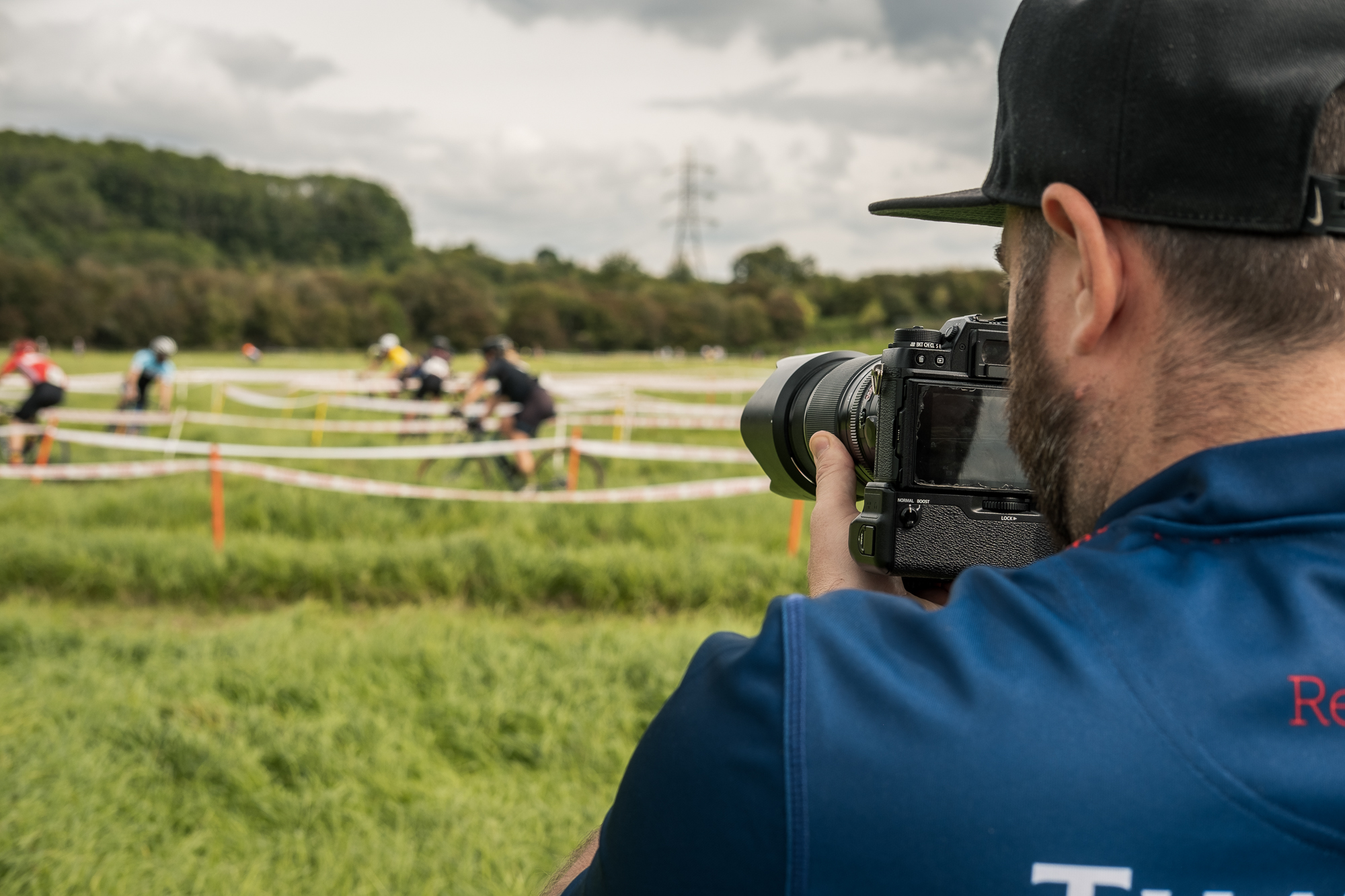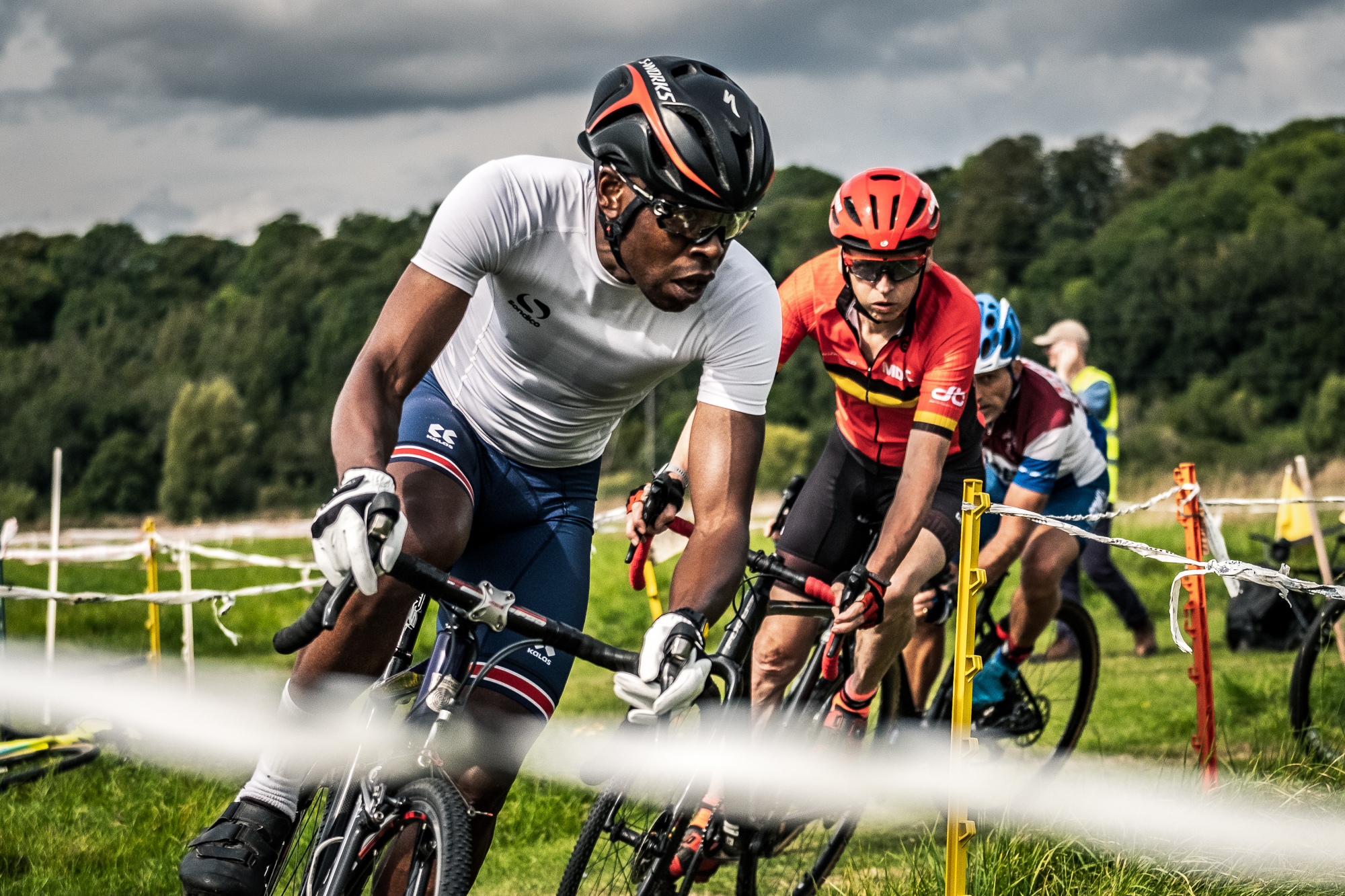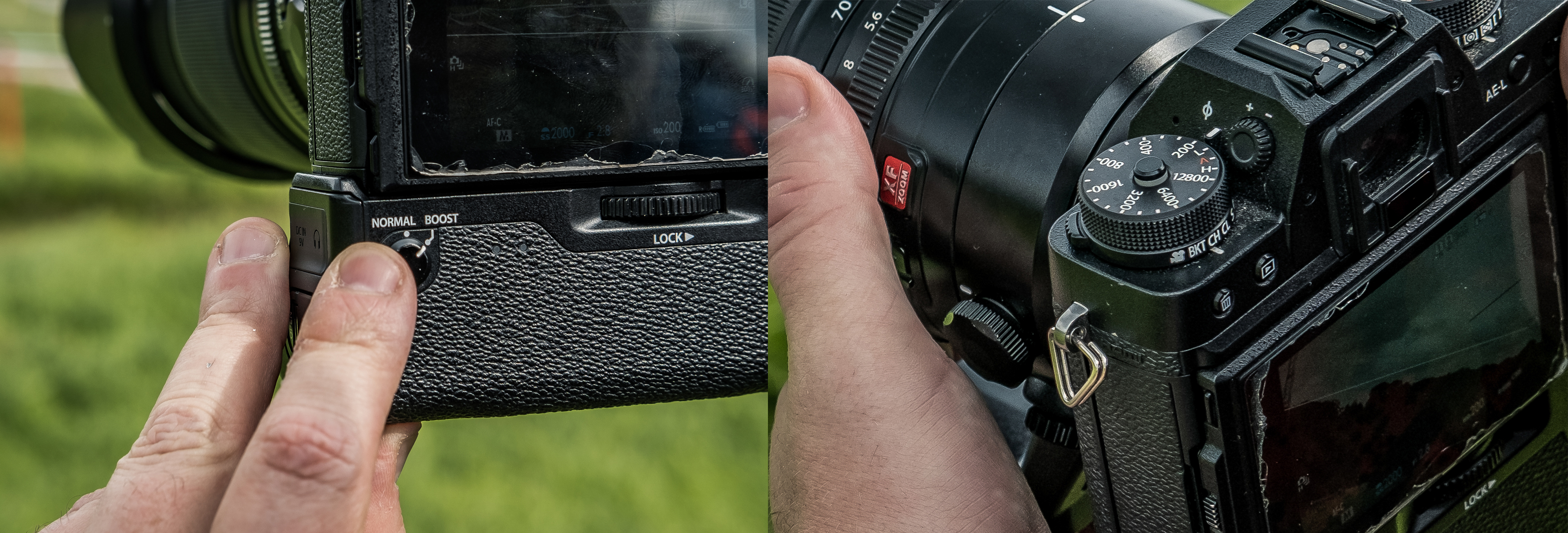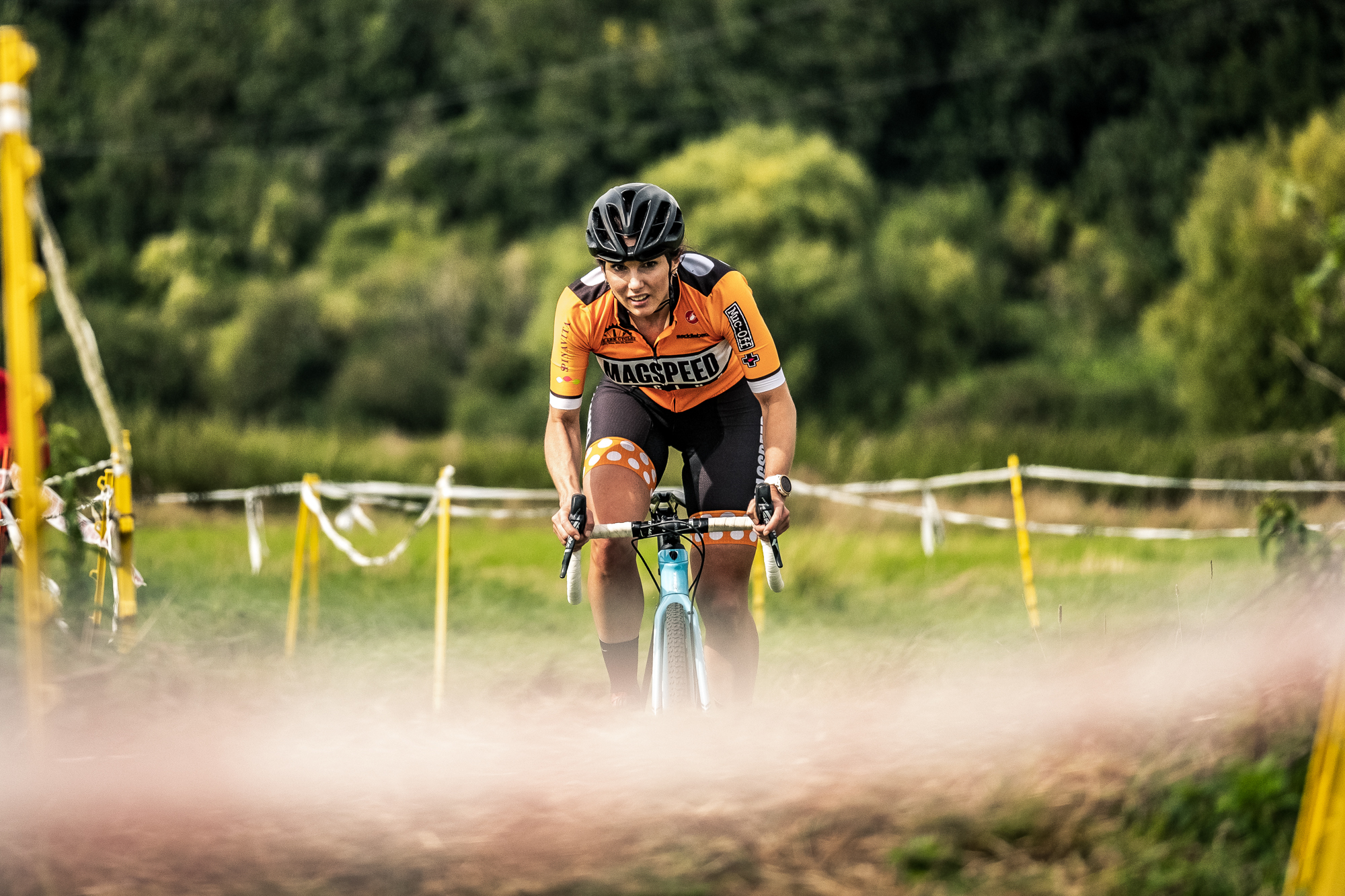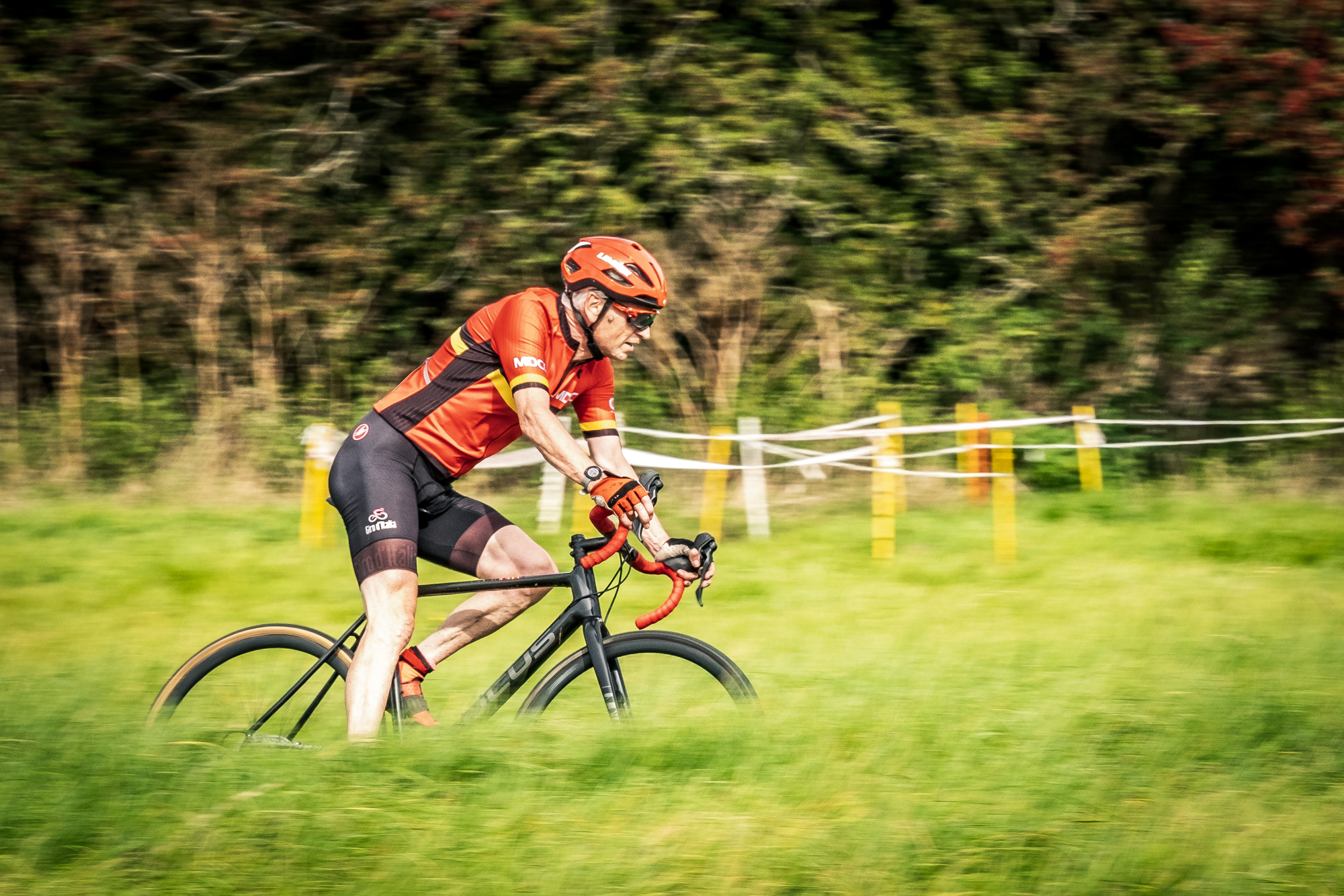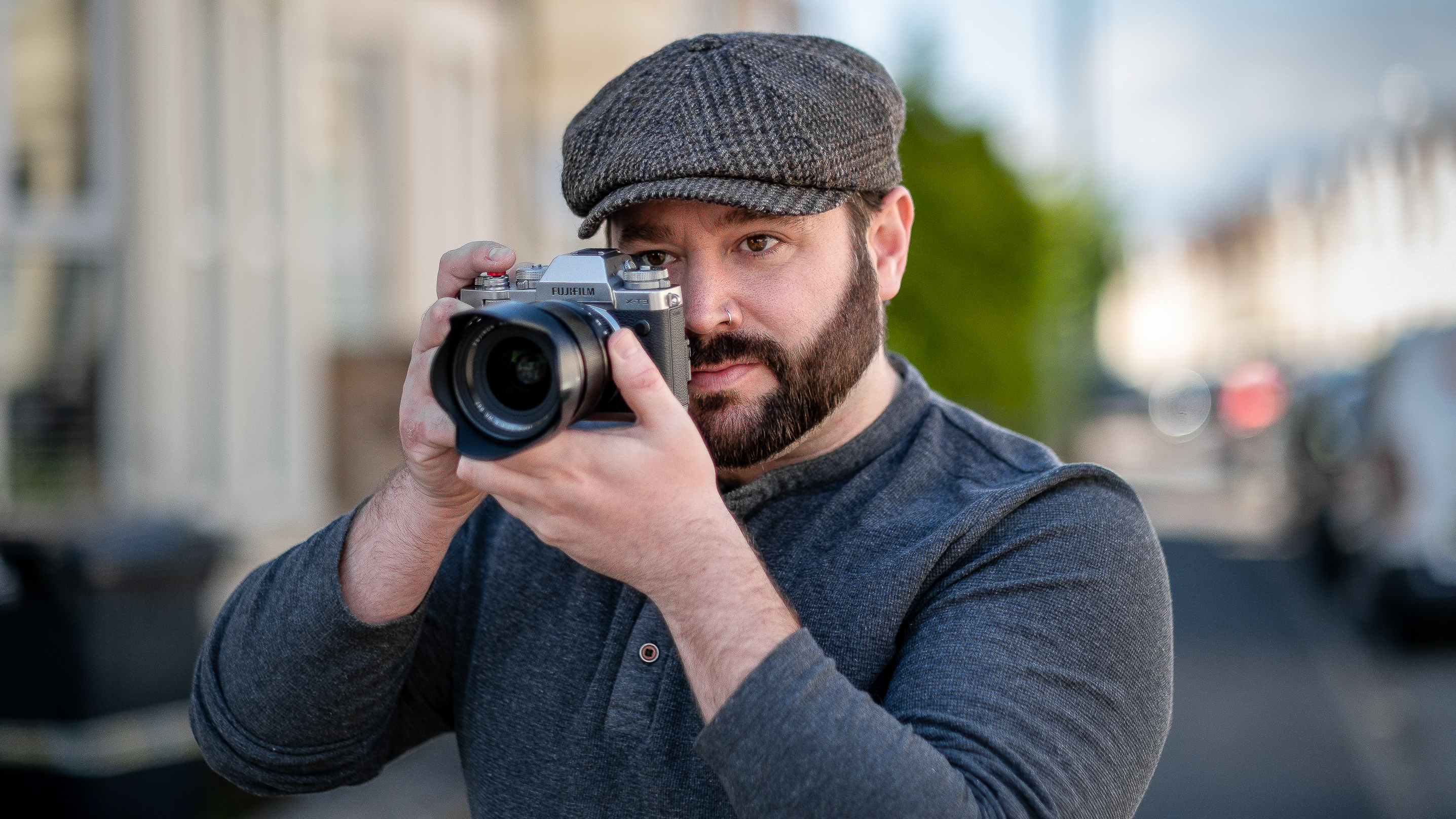On your bike! 5 top tips for better shots of cycle sports that anyone can try
Alistair Campbell shows how to shoot like a pro and capture dynamic shots at fast cycle events
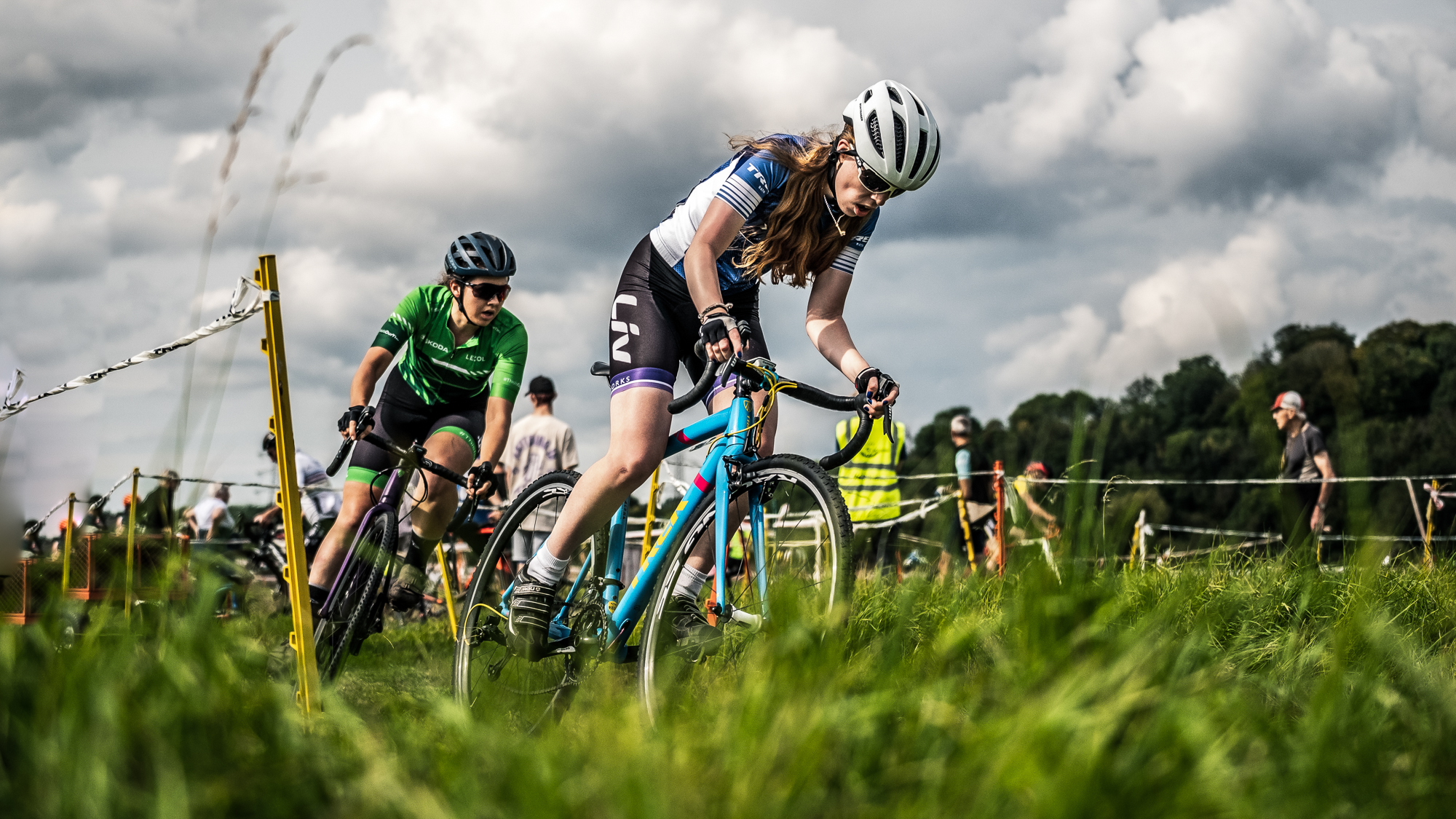
Most of my time is spent shooting pretty static or slow-moving subjects (portraits, for example) – so recently I was quite keen to try my hand at shooting something more dynamic. There are a lot of technical factors that can contribute to capturing good shots of sports; having the right lens and a good focusing system for instance. But there are a lot of physical factors to consider, too: where you position yourself, for example, and even the height you shoot from.
Elements such as the weather obviously affect our shooting style, but are not under our control. An overcast day not only brings a bit of drama to the scene, but also makes shooting in consistent light a lot easier. No matter the natural conditions, though, you can use some simple tricks and techniques to give yourself the best chance at capturing event images you can feel proud of.
This event was part of the Cyclo-Cross series of races run by British Cycling (www. britishcycling.org.uk), which are typically held from October through to the New Year; so now is a great time to find some local events, pedal up that shutter speed and practise your action shooting.
Today I'll be shooting with my slightly older Fujifilm X-T2 which even five years later still packs a punch for shooting sporting events, especially when coupled up with the mighty Fujifilm XF 50-140mm F2.8.
Five ways to increasing your chances of a good shot at the local race day
01 Get yourself into a good position
At most local (non-pro) events, you have the opportunity to move around the area. This opens up some great places to shoot from. Standing on a bend will often mean the riders dynamically lean into the frame, and if you’re lucky the shot will be filled by others not too far behind. Just be aware this could be a bit of a risky place to be, so keep an eye on anyone coming at you too fast – and never place yourself in anyone’s way.
02 Sort out your settings
The best camera deals, reviews, product advice, and unmissable photography news, direct to your inbox!
Most modern cameras have a ‘burst mode’ that lets the camera capture a rapid burst of frames. A battery grip can be added to my Fujifilm camera to boost its performance further; by simultaneously switching to continuous high-speed burst mode, I was able to fire off around 12 frames per second! If you switch to JPEG-only shooting you'll be able to capture a lot more images before the camera starts to slow down.
03 Make use of the foreground
Creating a foreground layer in the image is incredibly effective in photography, and it’s easier than you may think. You can shoot across other spectators’ shoulders, through trees or, in this case, by using the racing tape barriers around the edge of the circuit. On a longer lens, this will throw the foreground out of focus, drawing the viewer’s attention to the subject.
04 Try out some panning shots
This style of image can be tricky (especially if you’re using a longer lens). You’ll need to shoot with a slightly slower shutter speed (1/125 sec in this case) and pan your camera at an equal speed to the rider. This might often render your subject less sharp than you’d like, but just keep practising. Being perpendicular to the rider will help.
05 Get low to the ground
Not only is this another way to create a foreground with beautiful bokeh (see tip 3), it will also lead to a strong and dynamic composition. If your camera is struggling to focus through the grass, switch to manual and leave it at the correct distance.
If you’re feeling particularly creative, you could also try experimenting with ‘the Dutch angle’ (a slight tilt) for framing your shots. Although it’s quite an old technique now, it doesn’t hurt to have a bit of fun once in a while. Trying different angles can produce some dramatic shots in action photography.
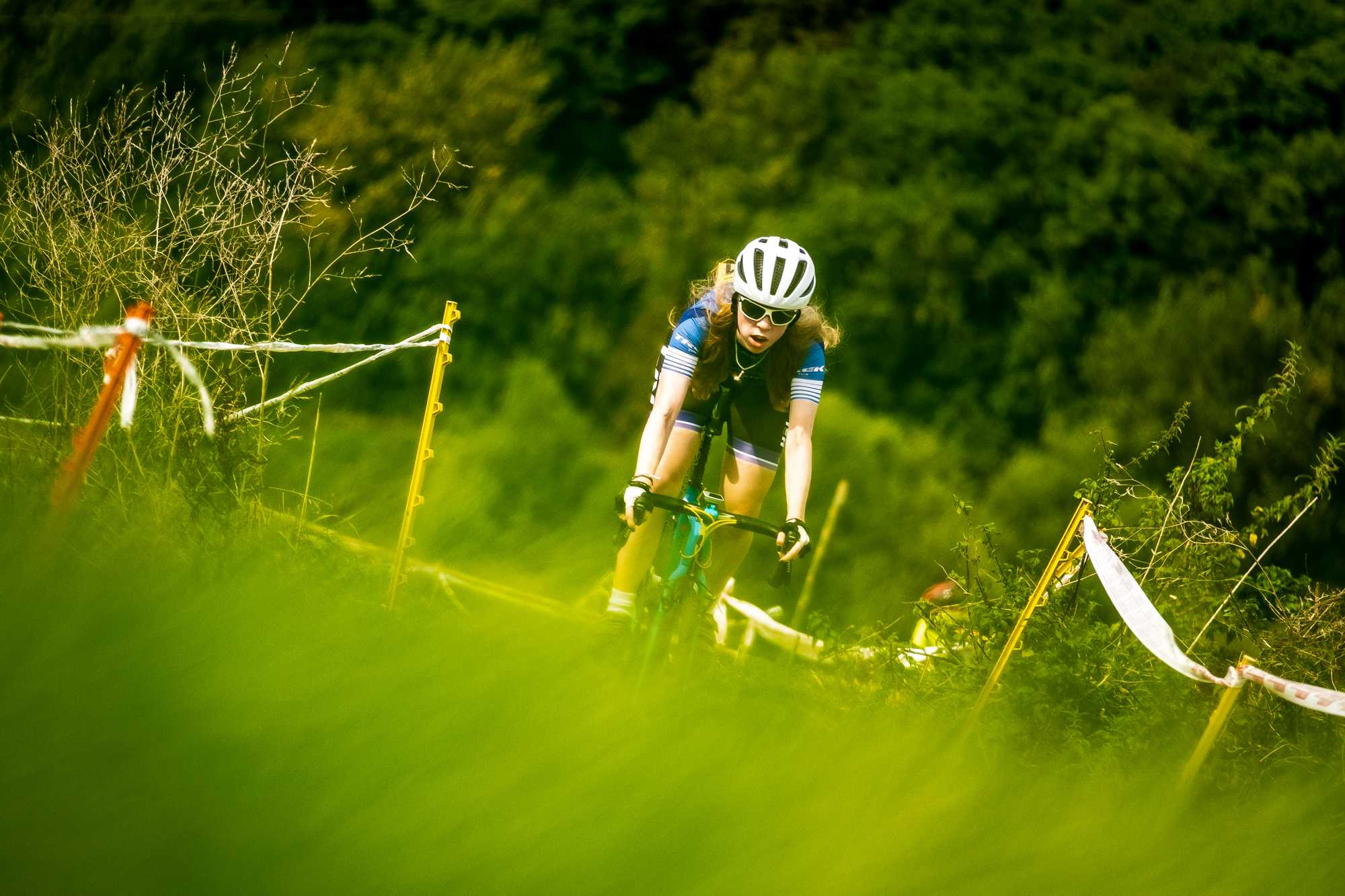
Read more:
• No laughing matter – Joker movie stills shot on Fujifilm X-T2 and Sony A9
• DxO PhotoLab 5 is here… and now it supports Fujifilm X-Trans cameras!
Alistair is the Features Editor of Digital Camera magazine, and has worked as a professional photographer and video producer.
